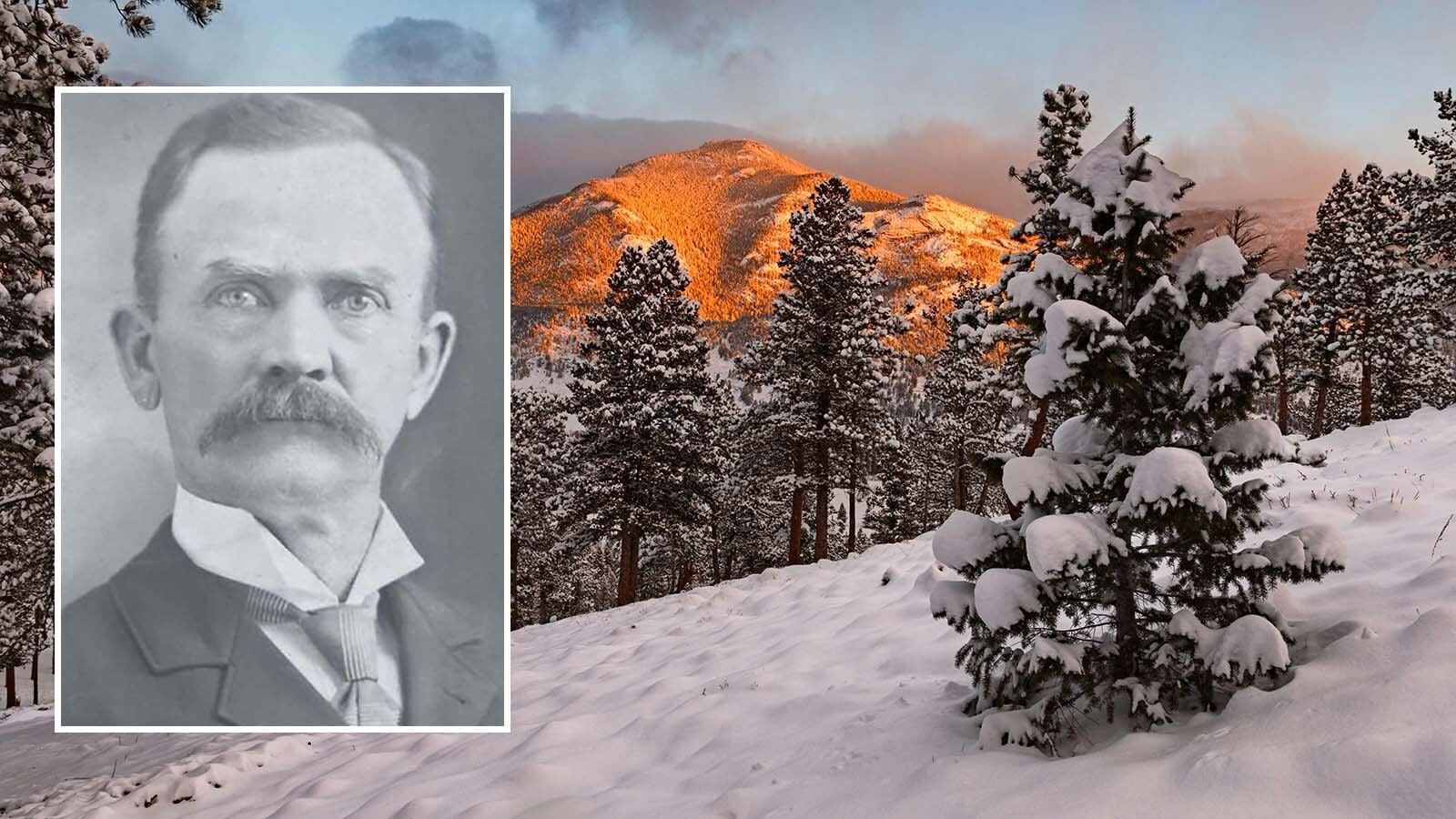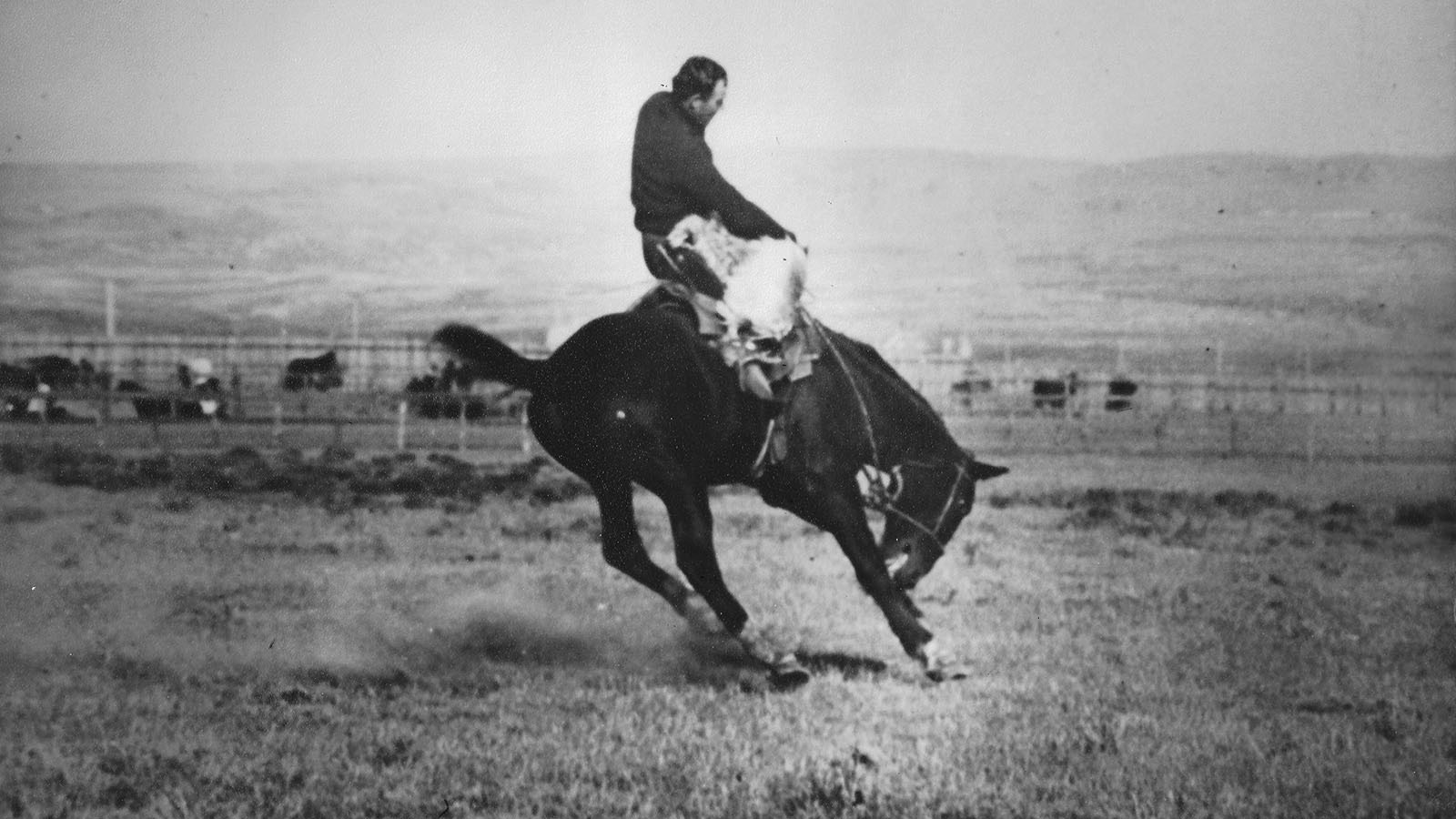The rugged country on the west side of the Teton Mountain Range, between Yellowstone National Park and Grand Teton National Park, is a wilderness area named for Jedediah Strong Smith, who came west as one of the trappers organized by William Ashley in 1823.
One of Jedediah Smith’s goals as he first traveled into the West was to "be the first to view a country on which the eyes of a white man had never gazed and to follow the course of rivers that run through a new land."
Smith was born in 1799 in Bainbridge, New York, but his family would move often – always toward the west as they tried to remain on the edge of the frontier boundary.
As an adult, Smith had a wanderlust likely stoked from the time he was a child by his family’s relocations from New York to Pennsylvania and then to Ohio.
By 1823 Smith was in St. Louis where he answered the call from William Ashley for 100 young men to engage in what would become the mountain trade of fur trapping.
Smith along with Jim Bridger, William Sublette, David Jackson, Thomas Fitzpatrick, and a host of other men who would find themselves in the annals of Western history, departed from St. Louis in 1823. They were part of Ashley’s first crew of mountain men sent upriver to establish a post at the mouth of the Yellowstone.
First Trip To Wyoming
Smith came into what is now Wyoming from the Upper Missouri, where he’d wintered in 1823 at Ashley’s post. He traversed the Bighorn Mountains, crossed the Bighorn Basin, and descended into the Wind River Basin
Smith then descended the Sweetwater River to near Devils Gate before retracing his steps to South Pass. This natural divide west of Lander, would become the key to overland migration known for the grade, grass, and water along the route.
Smith spent 1824 and early 1825 trapping with companions. On the west side of the Continental Divide, the Red Desert opens toward the south, and Smith headed there in 1825 to take part in the first rendezvous of mountain men held at Burnt Fork.
Later, while still working for Ashley, Smith ventured north into the land surrounded by the Gros Ventre and Grand Teton Mountain ranges, some of it land that is now a wilderness area bearing his name.
Smith, Jackson, Sublette Company Forms
Ashley, having found with the first rendezvous that there was money to be made in supplying the trappers with goods while trading for the pelts they had collected over the winters, sold out to Jedediah Smith, David Jackson, and William Sublette in 1826. The transaction took place at the rendezvous on Bear River.
The new partners agreed that Jackson and Sublette would turn their attention to the valleys and streams to the north, while Smith would move into trapping territory to the south.
Perhaps inspired by his family’s wanderlust, Smith was more explorer than trapper and he would break trails through the Rocky Mountains, before traveling into California, Oregon, and Washington.
In 1826, he left the rendezvous site along the Bear River in present Utah and headed south along the west face of the Wasatch mountain range, traveling to the Virgin River country and today’s southeast Nevada.
When Smith traveled through this vicinity in 1826 the natural spring that became known as Las Vegas Spring may have provided much needed water. Certainly, that spring (now recognized at the Springs Preserve) served later travelers including Mormons who settled the region.
Smith went on to San Bernardino, where he received a welcome at Mission San Gabriel Arcángel, but Mexican authorities soon queried him on what an American was doing in Mexican territory.
Get Out Of California
Ordered to leave, Smith and the men with him recrossed the San Bernardino Mountains, then headed north through the San Joaquin Valley, eventually reaching the American River.
Smith left some of his men in camp on the Stanislaus River near present Sacramento, while he headed east across the Sierra Nevada to return to the Great Basin and the 1827 mountain man rendezvous, where he arrived worn out and hungry. In his journey he was the first known white man to cross the Sierra Nevada and Great Basin.
After rendezvous, Smith returned to California, taking his previous route, engaging in a fight with formerly peaceful Mohave Indians, where some of the men with him were killed. He again became involved in a bureaucratic delay created by Mexican authorities, before finally reuniting with his other men along the Stanislaus River.
Into The Pacific Northwest
Recognizing the difficulty in crossing the Great Basin, Smith set out across Northern California with a large herd of horses. He followed what would become the Smith River and passed through the forest of huge Redwood trees.
Today some of this region is preserved in Jedediah Smith Redwoods State Park and the adjacent Redwood National Park near Crescent City, California. From here Smith continued north into Oregon, crossing through the Willamette Valley, an area that would attract American pioneers two decades later.
Smith went on to Fort Vancouver, which was the key trade site in a region dominated by the British Hudson’s Bay Company.
From Fort Vancouver Smith traveled up the Columbia River, ultimately crossing Idaho and western Montana to reach Flathead Lake. Then he went south toward the annual rendezvous, which would be held in Pierre’s Hole.
After two years of exploration, in 1829 Smith reunited with his fur company partners David Jackson and William Sublette in Pierre’s Hole.
Selling Out To Rocky Mountain Fur
Following that rendezvous Smith organized a fur brigade that moved north into Blackfeet country, but he was at the 1830 rendezvous on the Wind River in Wyoming. Here Smith, Jackson, and Sublette negotiated some important business when they sold to Jim Bridger, Thomas Fitzpatrick, Milton Sublette, Henry Fraeb, and Jean Baptiste Gervais. Henceforth the company would be known as Rocky Mountain Fur Company.
Following the 1830 rendezvous, Smith returned to St Louis intending to prepare maps and write a book about his travels. But first he would take one more journey.
In 1831 Smith, as a final commitment to the former partnership with Jackson and Sublette, took a supply caravan west, following the Santa Fe Trail. This would be his last exploration and trade venture.
When the caravan was on the dry Cimarron Cutoff in eastern New Mexico, Smith and Fitzpatrick set out looking for a source of water. While thus engaged Comanche Indians surrounded them and killed Smith.
Jedediah Smith spent less than a decade trapping and exploring in the West, but his adventures had a profound impact on the region. He was the first American to see much of the country.
Although Smith declined to return to, or leave, California by crossing the Great Basin— believing the area was too dry and difficult for men and animals—after the discovery of gold in California, his 1827 route became the main conduit for thousands of people who were involved in the California Gold Rush.
Candy Moulton can be reached at Candy.L.Moulton@gmail.com





